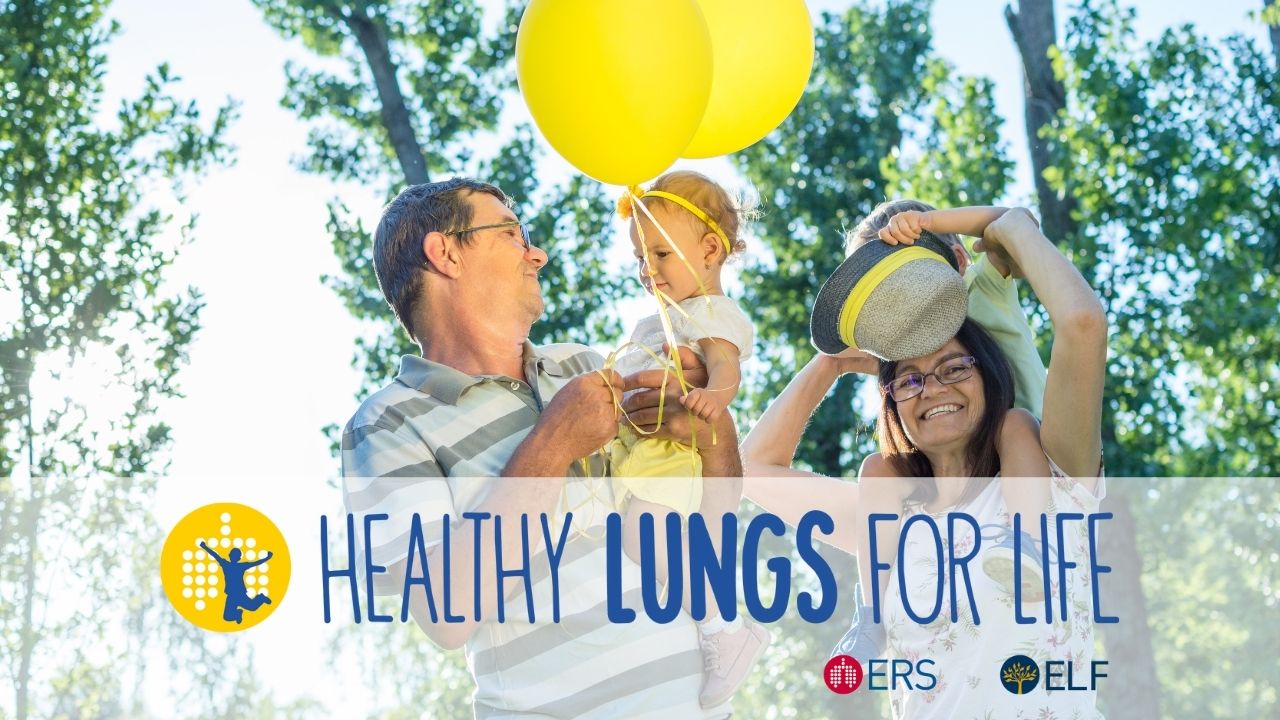Early life risk factors
Our lungs begin developing long before we are born and what happens during pregnancy, birth and early childhood can have a big impact on healthy our lungs are for the rest of our lives.
Content Table
Pre-birth problems with lung development
Sometimes, a baby’s lungs may not always grow properly while they are still in the womb. This can make it difficult for them to breathe when they are born. About 15-20% of newborn deaths are linked to issues with lung development. These problems can be caused by:
- A lack of space in the womb
- Genetic problems affecting the baby
- Poor nutrition during pregnancy
- (especially low levels of vitamin A, which is needed for healthy lung growth)
- Low levels of fluid surrounding baby in the womb (amniotic fluid)
- Exposure to tobacco smoke
- Exposure to air pollution
- Maternal infection, including infection of the sac and membrane surrounding baby
Doctors can try to help if they detect these problems early. Some procedures can improve conditions in the womb, but they do not always improve the lung development:
- Amnio-infusion
If there is a lower amount of fluid surrounding the baby in the womb, doctors can sometimes add fluid to the womb to help the baby grow although this does not always help the lungs.
- Thoraco-amniotic shunting
If the baby has extra fluid in the chest then doctors can drain this extra fluid from the baby’s chest. This is often done late in pregnancy and may be too late to fully help the lungs. - Balloon in the trachea
For babies with certain birth defects affecting the diaphragm (a muscular sheet that separates the chest cavity from the abdominal cavity), a tiny balloon can be placed in the baby’s windpipe to help the lungs grow by trapping fluid inside. This has shown more promise than other methods.
What can help?
Healthy nutrition in pregnancy, especially getting enough vitamins, and avoiding harmful exposures like smoking, pollution, and infections can help protect your baby’s lung development.
Preterm birth and low-birth weight
Low birth weight
Babies who are smaller than normal at birth are more likely to:
- Get lung infections
- Have wheezing
- Develop long-term lung problems
Being born too early (preterm birth)
Babies born before 37 weeks of pregnancy often have underdeveloped lungs. This puts them at higher risk for long-term breathing problems. One common issue is:
- Bronchopulmonary Dysplasia (BPD): A lung condition often seen in preterm babies who needed extra oxygen or machines to help them breathe. BPD can cause rapid or difficult breathing, and some children with BPD have breathing problems that can last into adulthood.
Premature birth is more likely in:
- Extremes of a mother’s age: very young or within the older age group
- Infections
- Maternal high blood pressure
- Maternal smoking during pregnancy
Find out more about preterm birth and the lungs.
What can help?
- Steroid medication before an early birth can help the baby’s lungs mature faster.
- Nutrition, including vitamin supplements when needed, may support better lung development in premature babies.
- Care during the neonatal period can include taking medications to help lungs expand (surfactant), breathing support, and managing weight gain and infection.
After birth: infections and lung health
Lung infections
Babies and toddlers often get viruses that affect the lungs, and most recover well. Some babies have severe infections that can have lasting effects. Examples include:
- Respiratory Syncytial Virus (RSV): Almost all children catch RSV by age 2. For most, it is like a cold. But in some babies, especially those born early or with heart/lung issues, it can be serious and cause wheezing, high fever, and difficulty breathing. RSV and other similar viruses may make it more likely that children will have recurrent wheezing, asthma and lower lung function in later life.
- Other viruses like adenovirus, rhinovirus (common cold), and human metapneumovirus can also lead to long-term breathing issues if they cause serious infections early in life.
What can help?
- A new RSV vaccine for pregnant women and preventive antibodies for newborns can protect babies during their first winter, when RSV is most dangerous. These have been shown to reduce the chances of hospital visits due to the virus.
- Breastfeeding in early life may reduce lung infections and improve how well the lungs grow in childhood and into the teenage years. Healthcare systems and governments should prioritise services that support new mothers to breastfeed, where possible.
Exposure to smoking
Smoking in pregnancy can be very dangerous for your unborn baby and smoking around young children and babies can have adverse effects on their health.
- Smoking during pregnancy
If a pregnant woman smokes, her baby is more likely to be: - Born early
- Underweight
- Born with underdeveloped lungs
- Second-hand smoke after birth
If babies and young children breathe in cigarette smoke at home, they’re more likely to get: - Bronchitis
- Pneumonia
- Asthma
Children under 2 years old are 70% more likely to develop serious lung problems if their mother smokes.
What can help?
Creating a smoke-free environment at home, during and after pregnancy, is one of the best things parents can do to protect their child’s lungs. You can find help and support to quit from your pharmacy or healthcare professional. Learn more about quitting smoking.
Summary
Healthy lungs start long before birth. Giving babies the best start means:
- Supporting good lung development in pregnancy
- Protecting them from infection and air pollution after birth
- Avoiding smoke exposure
- Watching for signs of wheezing or repeated chest infections.
With the right care and environment, many early risks can be reduced.
Read more top tips for keeping the lungs healthy.
This page was last updated in 2025.





